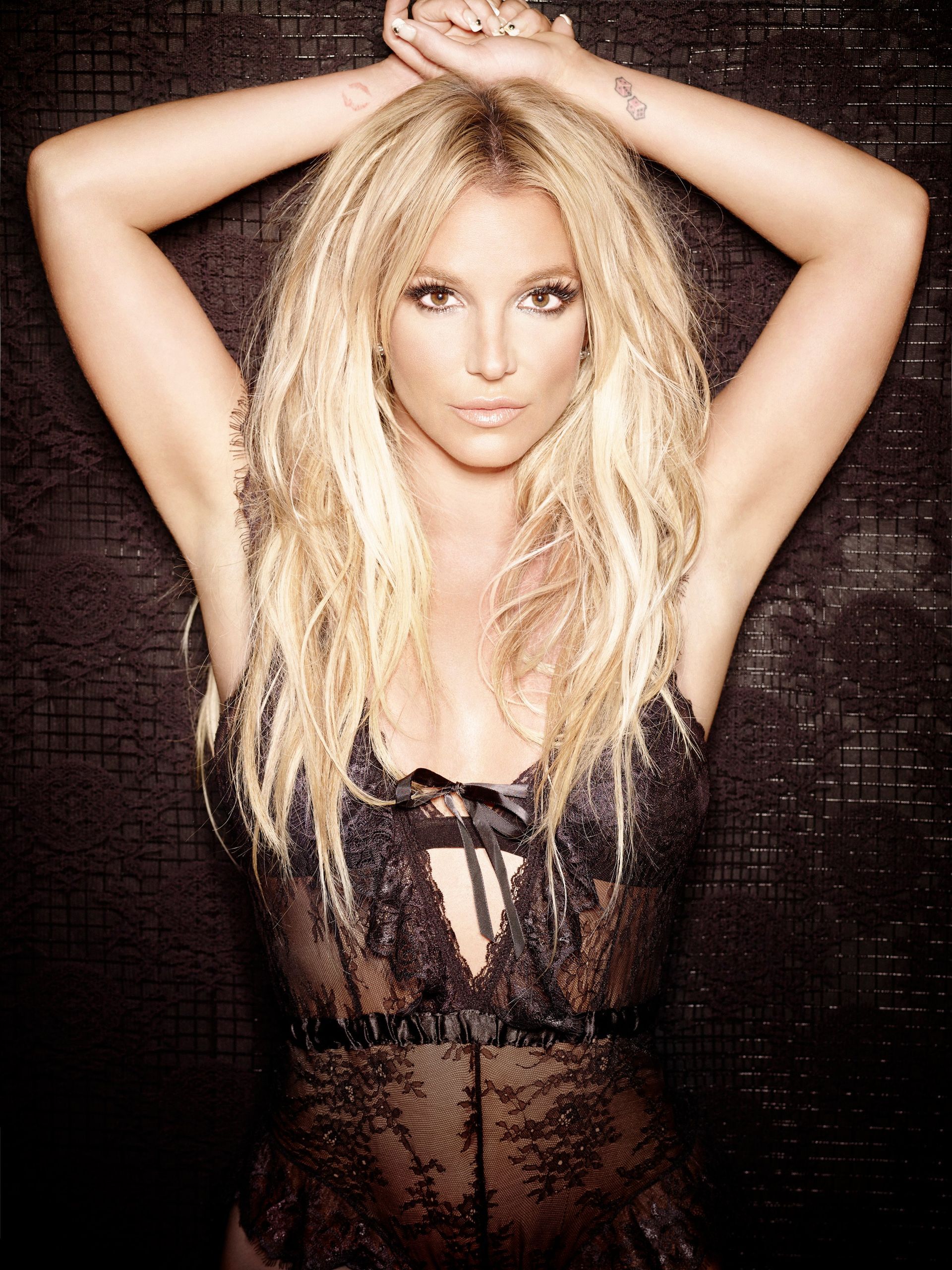Britney Spears, Gay Icon
So, Why Did Britney Spears Skyrocket to Queer Icon Status?
Why has Britney Spears, the reigning Princess of Pop, been dubbed one of the great gay icons? How did the '...Baby One More Time' singer find herself the diva-du-jour of the queer community? What magnetism made Britney the "oops-I-did-it-again" sensation among gay men?
This extravaganza aims to decode the allure of Britney through the eyes of academic masterminds specializing in gay culture, and boy, do they have some tea to spill.
Spears the 'Camp' Queen? That's Hot.
Susan Sontag's Camp Aesthetics Theory is just what the doctor ordered. It argues that the queer community cherishes exaggerated theatricality, and nobody does dramatic quite like Britney. Remember that iconic MTV Video Music Awards performance with a live python?
That's Camp with a capital C, honey. As Timothy Laurie, a cultural critic, once commented in an interview with Rolling Stone, "Spears has mastered the art of extravagant performance."
Resilience Is Her Middle Name, Sweetie.
If you're hunting for an epitome of resilience, Britney Spears is your woman. Her journey, dotted with ups and downs, resonates with Diana Fuss' Identification and Resilience Theory.
As Fuss proposed, gay men identify with female celebrities who've taken a rollercoaster ride through adversity, only to emerge stronger, reflecting a shared experience of battling societal prejudice. Britney's relentless battle against her conservatorship, a plight covered extensively by The New York Times, is a tale of resilience that strikes a chord with many gay men who've fought their own battles.
Liberation? Britney's Got That Covered.
Adrienne Rich's Liberation Theory comes into play as Britney symbolizes freedom from oppressive heteronormative norms. As Professor Jack Halberstam, a gender and sexuality theorist, told The Guardian, "Spears personifies a liberation that many gay men aspire to. Her refusal to conform to traditional norms of femininity is empowering."
Additionally, Britney's public acknowledgement of her gay fans in an interview with Pride Magazine in 2018, where she stated, "I have a strong following in the LGBTQ community and I'm proud of that," only solidifies her as a beacon of liberation.
So, the next time you find yourself bopping to 'Toxic' at a gay bar or signing a petition to free Britney, you now know exactly why the queer community just can't get enough of the Princess of Pop.

Theory Four: Femme Fatale Performativity
Enter Judith Butler's Divine Femininity and Androgyny Theory. According to Butler, gender is performed, not innately possessed. Britney's fearlessly feminine and sometimes androgynous performances could be just what the doctor ordered.
Remember when she rocked a tuxedo in her "Womanizer" video? Queer men might idolize Spears for manifesting those femininity and power dynamics they may not be 'allowed' to express. As Professor Jack Halberstam once observed in an interview with Vice, "Britney's performances offer a stage where gender is malleable, where femininity is both powerful and performative."
Theory Five: Gimme More Resilience
Next in line is Diana Fuss's Identification and Resilience Theory. The theory proposes that gay men identify with female celebrities who've tangoed with adversity and come out stronger. Considering Britney's widely publicized struggles, her resilience reverberates.
Britney's documentary, "Framing Britney Spears," underscored her journey of survival in a ruthlessly scrutinized life. Writer and cultural commentator Roxane Gay reflected on this in her New York Times op-ed, "The resilience that Britney has shown, that sense of carrying on despite everything, resonates with many gay men who have themselves struggled against adversity."
Theory Six: Toxic Marginalized Representation
Finally, we approach Stuart Hall's Marginalized Representation Theory. Hall posits that marginalized groups can identify with figures who are likewise sidelined. Britney, with her public battles against mental health stigma and a restrictive conservatorship, became a relatable icon for the gay community.
As quoted in the Guardian, LGBT rights activist and author, Peter Tatchell, said, "Britney’s struggles with mental health, painted across the media, offered a reflection of the hardships often faced by LGBT individuals. She emerged as a symbol of resistance, making her an icon in our eyes."
Gay Icons of the 1930s and 1940s
Gay Icons of the 1950s and 1960s
Gay Icons of the 1970s and 1980s
Gay Icons of the 1990s
Gay Icons of the 2000s
Fictional Gay Icons
Wonder Woman
Julia Sugarbaker (Designing Women)
Buffy Summers (Buffy the Vampire Slayer)
Blanche Devereaux (Golden Girls)
Patsy Stone (Absolutely Fabulous)
Miranda Priestly (Devil Wears Prada)
Karen Walker (Will & Grace) (have pics)
Samantha Jones (Sex and the City)
Ursula the Sea Witch (The Little Mermaid)










